Getting people to talk about you is one of the greatest marketing challenges. Having a great product is a prerequisite for creating the buzz, but unfortunately, it is not enough. Thousands of products are hitting the market every day, so how do you get people to talk about you and spread awareness about your business?
Buzz marketing is a tricky thing – its main ingredient is a risk, which means that the same technique may work for one brand, and fail for the other. It requires courage, imagination, and finesse – and this is good news. In the age of social media, you no longer need a huge marketing team to create a buzz.
We looked into the anatomy of some successful buzz marketing campaigns and talked to marketing professionals about the best ways to generate buzz – so let’s discover their secrets.
1. Tell a Friend – But Make a Promise
If you want people to start talking about you, your instinctive action may be to reach out to your friends and family, and ask them to spread the word around. But it’s no longer that easy.
“When we first started, we assumed – if you ask for the referral, they will come,” says co-founder & CEO of Ladder, Jonathan Brody. “People are savvier these days. Every average marketer is asking you to refer friends.”
The second easiest way towards a viral buzz is utilizing the power of “influencers,” people with the large social media following and plenty of authority among their followers. But now that influencers have been around for a while, many businesses are vying for their attention. Who is to say that they will pick you in particular? Incentivize!

“Double-sided referral contests” advises Brody, who is also a co-founder of FullGlass subscription service, which offered members to pay $10 a month to receive 30 free drinks at participating bars and restaurants.
“We used a double-sided incentive program where both the person referring and the referee get a reward. KickOffLabs is a fantastic tool to launch these contests without developer assistance. We compounded this by relying on a branding strategy that varied between humor and secrets, based upon the personas we had already validated responded best to those brand messaging styles.”
2. Embrace the Taboo with Style
What happens in the toilet stays (or at least should stay) in the toilet. That is the purpose of many products the late 20th century has graced us with, including the air fresheners.
The ozone layer-ripping scents serve as a monument to our need to convince other people that our toilet business never happens, or that if it does happen occasionally – it smells nice.
Following that logic, a typical air freshener advertisement features a beautiful woman in a squeaky clean bathroom. As the little box releases a dash of eye-pinching, nostril-burning scent, she is swiftly carried away to the flowery mountain slopes, pine woods or an interstellar dimension of her own bathroom.
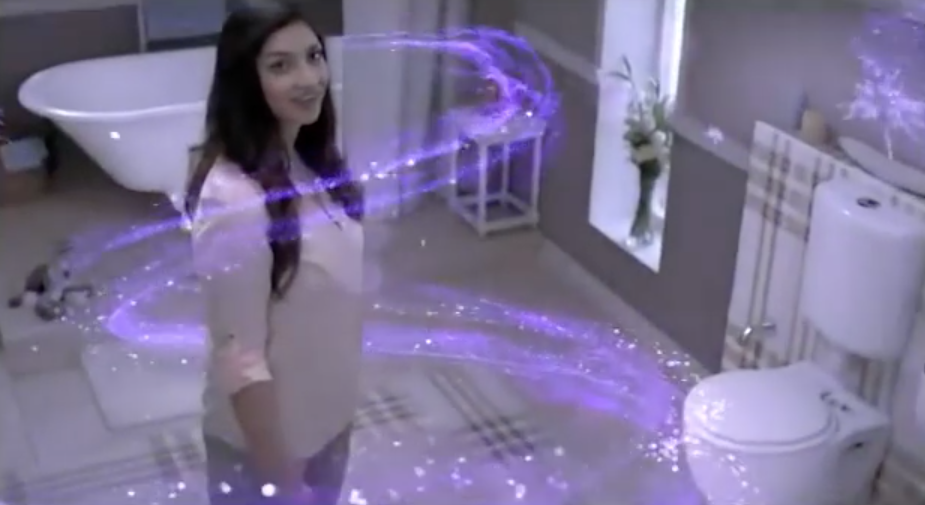
If you swim to the other, riskier side of the marketing pool, you’ll find the advertisement for PooPourri and plenty of surrounding buzz. It opens with a flushing sound, followed by an appearance of a posh British lady sporting an elegant dress, pearls and refreshing (pun intended) honesty.
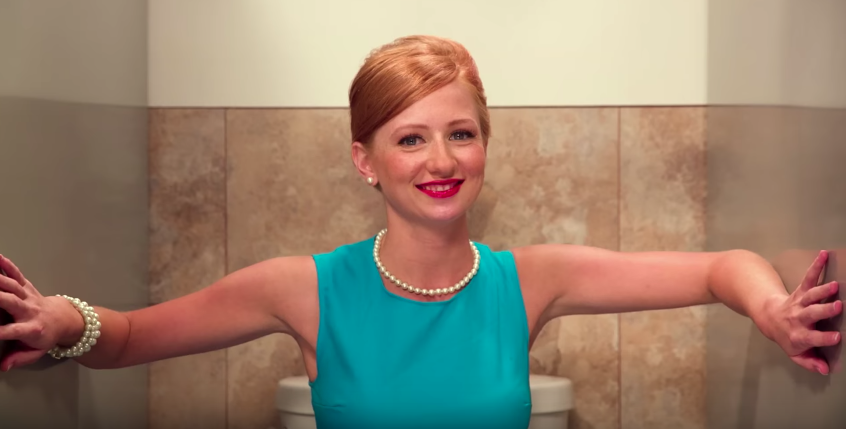
PooPourri team has no qualms about detailing the inconveniences of the toilet taboo we are all facing. They are addressing a nightmare scenario of leaving your boyfriend’s toilet smelling like a “three-hundred cow dairy farm,” proudly promising people that their business is to convince people that “your business didn’t even happen at all.”
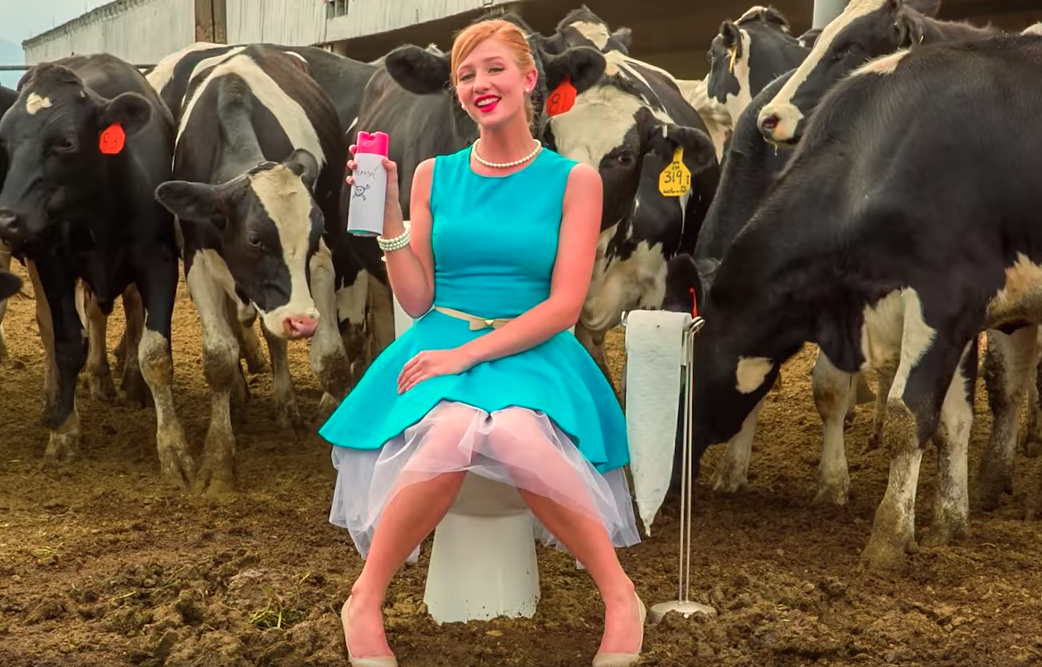
And the risk paid off – the series of PouPourri advertisements went viral and resulted in excellent sales of the product which reached 4.8 rating on Amazon. So what was the secret to the success of this buzz marketing campaign?
PouPourri is a toilet product and it proudly accepted what it is. It is taboo-ish in its nature. The team behind it decided not to beat around the bush, or better say, prairies covered in flowers. But their buzz marketing campaign is so much more than just toilet humor.
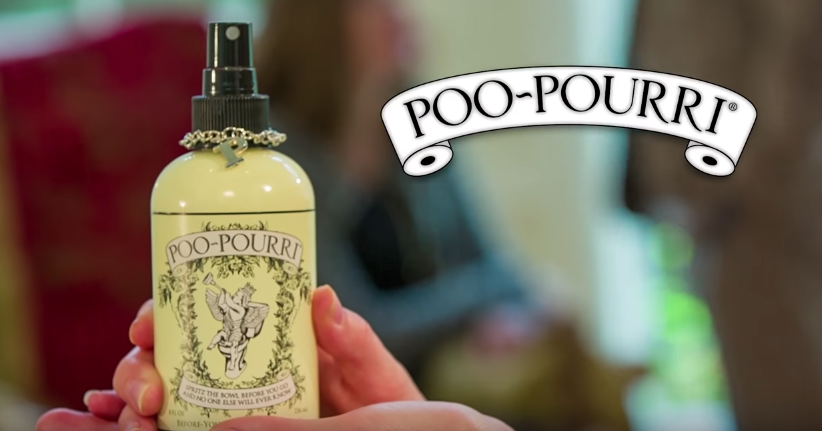
It is addressing an inconvenient taboo topic with visual contradiction, plenty of eloquence and tongue-in-cheek. It can make you laugh, but above all, relate to the situations in the advertisements.
The secret to playing taboos is that it cannot be done only for the sake of buzz and getting a reaction out of the people. If you are going to use sex, nudity or toilet humor to sell your product, you’ll still have to serve it with some intelligence and substance in order to call it buzz marketing.
3. Look at Your Customers from a Different Perspective
A typical commercial for house cleaning product features a mom joyously cleaning her home. Her Stepford-wife smile doesn’t disappear even as her children carelessly stomp all over the fluffy white carpet in muddy shoes or destroy the bathroom.
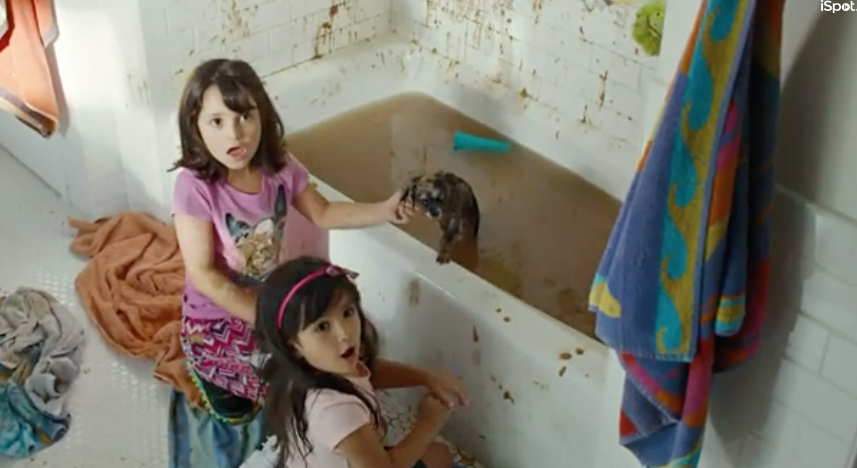
After shrugging off the heinous act, mom continues prancing around the room while the product magically cleans the ruined carpet on its own. The not-so-inspirational story closes with the mom looking into the distance as her family is off to handle some way more important business or experience a way more interesting daily adventure.

Ahead of London Summer Olympics in 2012, P&G decided to step up its buzz marketing and portray mothers as something more than walking-seldom talking-smiling mops. The series of P&G commercials follow the Olympic athletes from their shaky beginnings – focusing on the role their moms played in the journey to the world’s most prestigious sports competition.
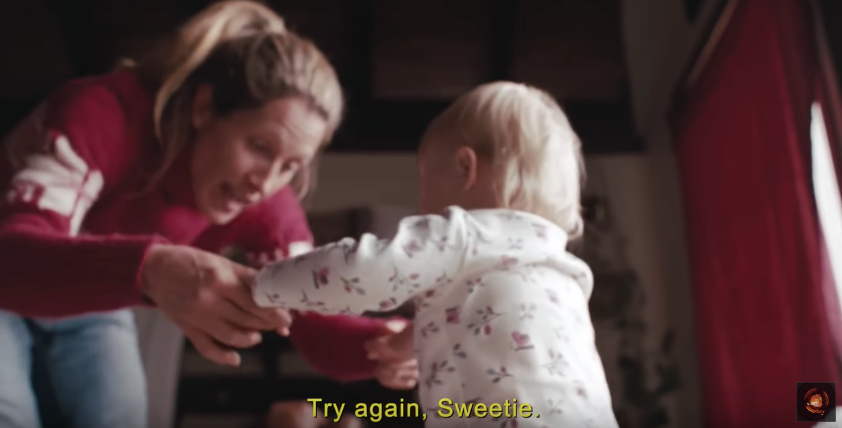
It doesn’t matter which of the dozens of advertisements you’ll watch – each of them is an instant tear-jerking, social media sharing experience. The commercials show moms encouraging their children as they take their first steps.
They show the quiet streets in the dawn as mom is waking up at 5 AM to take her kid to the morning workout on the other side of the town.

In this campaign, mothers live through their children’s defeats and victories, helping them overcome the challenges. The campaign featured the interviews with the mothers of several Olympic athletes, including the U.S. gymnasts Alicia Sacramone and Shawn Johnson. On social networks, the ads were accompanied by the hashtag #ThankYouMom.
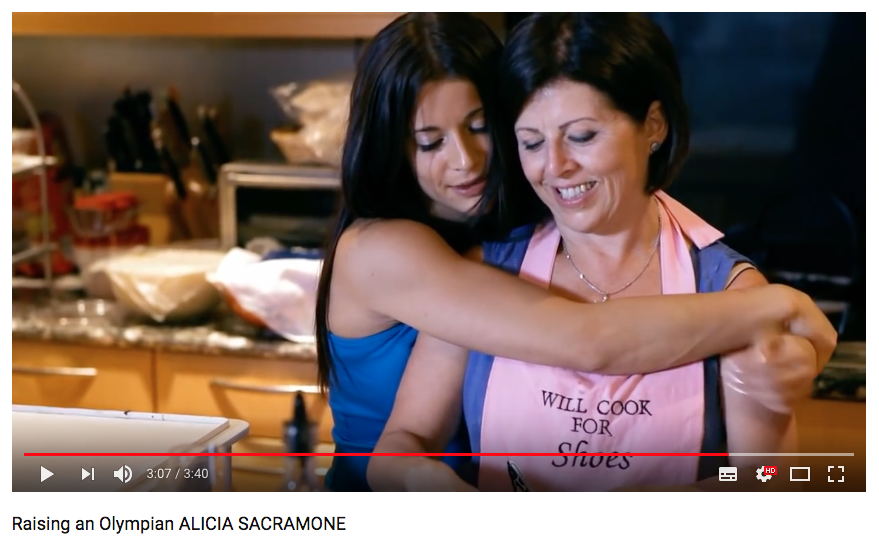
It’s almost astonishing how many brands that rely solely on a certain type of customers seem to have so little interest in communicating with them beyond the decades-old tropes and stereotypes. P&G’s buzz marketing campaign was a great U-turn in communicating with their most faithful audience – women with families.

It gave them credit for one of the most difficult and underestimated jobs in the world – the job of a housewife and stay-at-home mom. It looked at mothers beyond the squeaky clean commercials into the challenges of motherhood and sacrifices behind the success of world’s most popular athletes.
The campaign also flipped the usual narrative – that a certain product is helping a certain woman achieve the “perfection.” This time around, P&G adopted a role of “proud sponsor of moms,” celebrating their customers’ hard work that gets done regardless of their products.
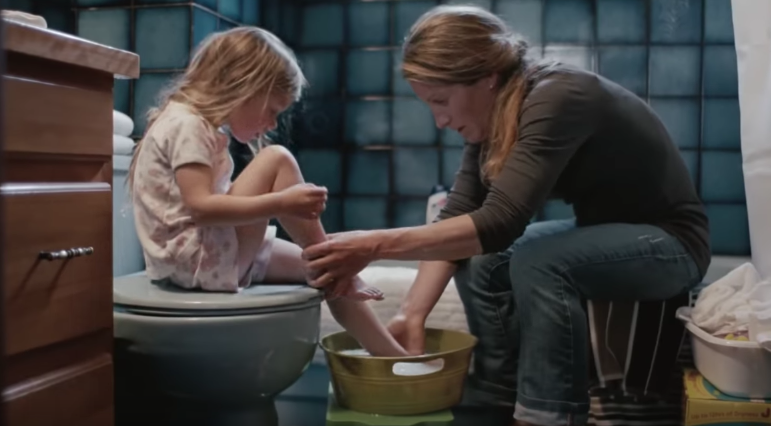
It does not take Olympic superstars to do re-think the usual buzz marketing techniques in your niche. Connecting with your customers on a personal level is sometimes the most unusual thing you can do – celebrating them is guaranteed to create a buzz and have people gladly associate with your brand.
4. There Are No If’s in Controversy
Controversy as the means of buzz marketing is founded on that good old saying that there is no bad publicity. True, but there is a big IF here – it only works for you if you genuinely embrace that controversy. If you’re trying to tiptoe around some issues, if you’re prone to backtracking, if you cannot decide what exactly your image is – controversy can only be a disaster.
The fashion industry is one of the businesses that has always embraced controversy and even relished in it. In the 1990s, it popularized the so-called “heroin chic” look, thanks to the proliferation of skinny models who looked like they just got out of bed after 2 hours of sleep and decided not the bother with shower, breakfast, doing their hair or life in general.

The slim frame of these models was mostly attributed to alcohol, cigarettes, drugs, eating disorders, or the royal flush combo of all these factors – and the fashion industry has never been too eager to distance itself from these stereotypes.
Sisley is a brand well known for not giving up on heroin chic even though we are solid 18 years away from the 1990s, and its unapologetic attitude keeps working for them. Many brands would burn in flames if they attempted to advertise their new product by portraying two models snorting it off the table – but that was not the case with Sisley’s buzz marketing campaign.
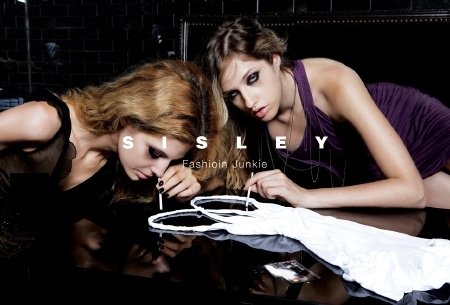
One could say that Sisley was going for the shock value, some could interpret it as Sisley poking fun at stereotypes about their own industry. Whatever the case is, controversy works with their audience, over and over again. In 2014, Sisley launched a buzz marketing campaign featuring models Gigi Hadid, Ireland Baldwin and Simon Nessman making out with each other.
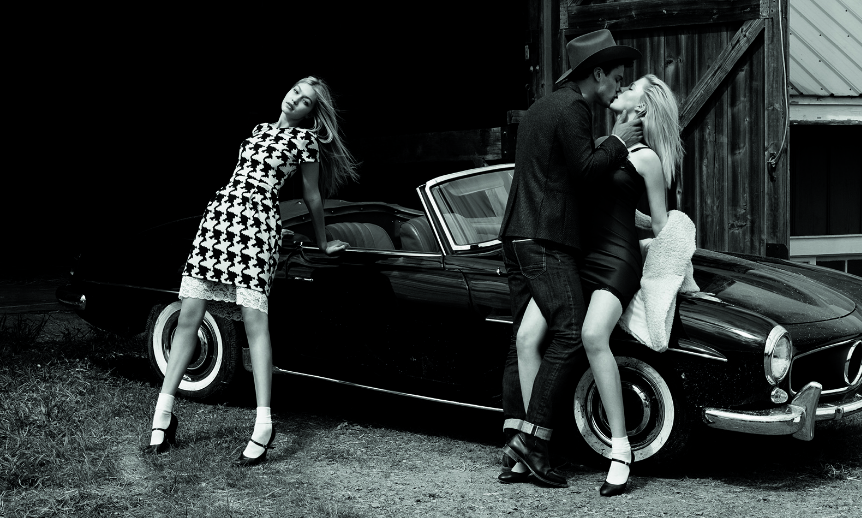
But feeding on controversy can be a two-edged sword – especially if your evolving business depends on the population your buzz marketing campaign may alienate.
“Me and a friend once decided to start a coffee brand as part of a drunk-ish joke. In the proposition, we wanted something that was just over the edge of the accepted. We decided to build a brand for men, knowing that it would be controversial and get a vocal reaction from feminists. The slogan was “no bulls**t, just f***ing good coffee” and it was communicated that women weren’t supposed to drink it,” says Chief Marketing Officer at MyBit Joost Toornend.
“There was an immediate controversy and the brand grew fast. Although the brand offered us very valuable information about what worked and what not, the brand eventually failed to grow more. We miscalculated the fact that we cut out half of the market and that businesses didn’t want to serve our coffee to their female employees.”
The ultimate secret of controversy as a buzz marketing technique is going all the way despite the consequences – and that means being sure that your business can remain sustainable even after alienating a number of people.
5. Personalize Your Ad – Quite Literally
There was the time when Old Spice was among the pioneers of male grooming products – a sign of prestige in the late 1930s. Naturally, after that came the time when Old Spice was a synonym for grandpa’s old-school after-shave.
In the 2010s, Old Spice decided to change this perception – blending its somewhat outdated macho image with the usual portrayal of men’s products as a unique magnet for women. Starring former NFL player and actor Isaiah Mustafa as “The Man Your Man Could Smell Like,” the buzz marketing campaign pushed this narrative to the point of hilarious absurd.
.jpg)
The series of viral videos are showing an omnipotent Old Spice Guy in various situations. The Old Spice marketing team kept reinventing its buzz marketing techniques, going as far as making advertisements for individuals on Twitter. They were directed at ordinary people and celebrities like Digg founder Kevin Rose and actress Alyssa Milano.
After Rose complained of being sick, the “Old Spice Guy” dedicated him a get well video proclaiming that he’s “98% muscle and muscles can’t get sick.” When Milano wondered whether the Old Spice Guy was flirting with her, she was promptly responded with a personalized advertisement showing the Old Spice Guy with a bouquet of flowers and a love letter.
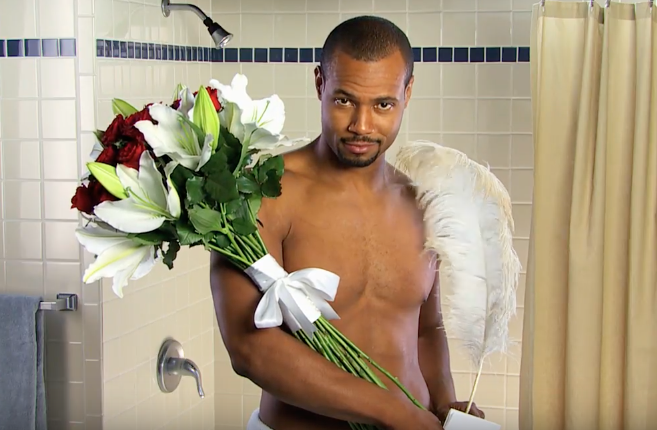
Although you probably don’t have time to make an advertisement for each of your potential customers, doing something unique like speaking directly to them can make people flock to your social media accounts and channels.
Doing it once a month or every second Tuesday is an amazing way to keep the buzz going and keep people wanting more. Are there ways your product can improve people’s lives? Are there people complaining about these problems? Each of them is an opportunity for a little bit of humor that can boost your social currency.
“One must always remember that buzz marketing takes place in person and on digital platforms. Inbound marketing methodology and buzz marketing are now fused together more so than ever before, simply because our customers own search and own social media,” explains Head of Strategic Marketing in Strategise, Dylan Miller.
“Creating social currency means marketers need to think like customers, instead of creating marketing to push to them. Traditional marketing is rejected by millennials, simply because they value referrals over monopolized organizations’ marketing messages.”
Quizzes are another way to create the buzz and spread the awareness about your product in a similarly personal, lighthearted manner. As people get their quiz results, they are compelled to share them on their social accounts – which in turn drives more people to take it and start a conversation about it. We have prepared a detailed guide if you’re looking to learn more about the virality of Buzzfeed style quizzes.
“Engagement is king,” agrees Jonathan Brody. “Referring a friend is a highly dynamic and active process you’re asking someone to do for you; making the user experience feel as alive as possible is a great way of strengthening any buzz marketing campaign.”
6. Support the Underdog
The story of an underdog is a tale as old as time – and it’s bound to work. Misty Copeland is no ordinary ballerina. She did not start learning her craft until she was 13 years old – an age when an average ballerina is already a seasoned professional with as much as 10 years of strict training under her belt (or tutu, to be precise).
Her unique path and artistry redefined the boundaries of ballet as an art form, turning Misty Copeland into a poster girl of the new era in dance. The rising sports brand Under Armour recognized her branding potential and decided to use it with a twist in their commercial – as Copeland is dancing, she is reading a rejection letter she received when she was 13.

Being told that you have “the wrong body” and that you’re too old for anything at the age of 13 can be an experience that makes or breaks a person – and Misty’s story serves as an inspiring example of Under Armour’s “I Will What I Want” viral buzz marketing campaign.
“People want like to look smart, funny, and in-the-know, so they talk about things that help them paint this positive image,” says Dylan Miller. “Give people something that empowers them, and they will automatically want to share ideas and messages about a company, product or service,” says Dylan Miller.
But it’s not just Copeland’s status of the underdog that makes her, and by extension, UnderArmour’s product’s story powerful. Copeland’s unconventional career is a perfect example of inner remarkability the sports brand is trying to connect with its customers.
“Even mundane products can get people talking if you find their inner remarkability,” says Miller, mentioning the case of Blend Tech. Blend tech is a company that advertised its regular product, a blender, by creating videos of blending things that are not quite meant to be thrown towards sharp, spinning objects – iPhone for example.
“This shows the product will blend anything and work again and again. The hidden message of this buzz marketing campaign is that this is a reliable, high-quality product. The video went viral based on its inner remarkability. Despite the high price, you would probably consider buying it.”
7. The Power of Surprise
Until 2014, every big name in the music industry knew what releasing a new album had to constitute. Building up the buzz through interviews, promotion, appearances, teaser videos and snippets would start a few months ahead of the release.
Labels would spend millions of dollars on buzz marketing alone. That was the way it had always been done, and nobody even thought of risking their sales with an experiment. But in 2014, Beyonce completely changed the game.
It took only one Instagram video captioned “Surprise!” to promote an album with 14 songs and 17 videos, which sold more than 820,000 copies in only three days. Of course, Beyonce is an established artist and her success cannot be explained away by mere buzz marketing techniques – but the bold move certainly amplified the buzz and boosted the sales of pop superstar’s big release.
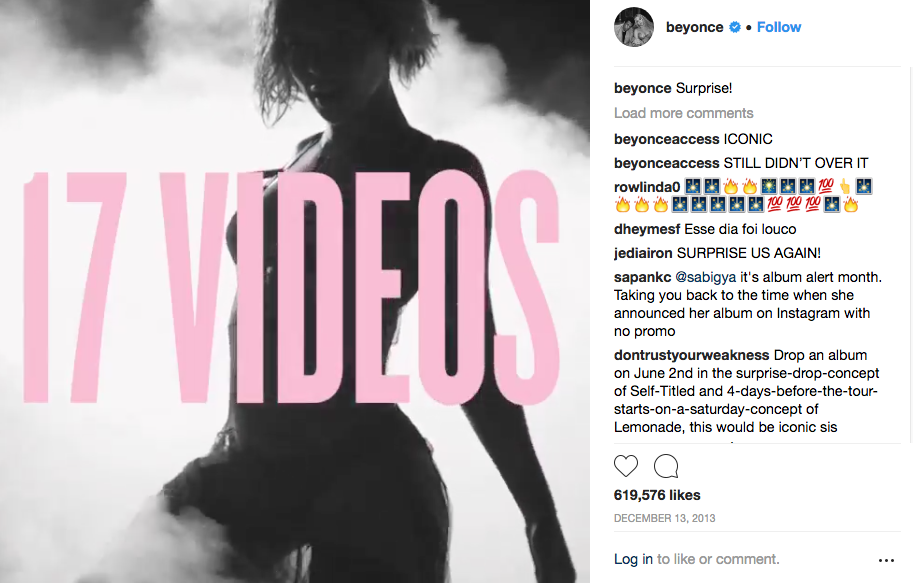
The whole thing happened without any promotion or notice – nobody had any idea that Beyonce was recording a new album. Following the Instagram reveal, social networks and media were on fire.
‘She did WHAT?’ echoed in more than million tweets in less than a day. Beyonce stroke so many chords with that move.
She surprised everyone, for starters. The top-secrecy of her spectacular project was additionally appealing in the era when album leaks are a regular occurrence.
Ultimately, it was a way of connecting with her fans on a more personal level – there were no intermediaries, it was simply Beyonce coming out and telling people – hey, here’s my new album, it’s on Spotify, enjoy it.



Surely, a star of Beyonce’s caliber could afford to spend zero dollars on promoting her album – the millions of followers on her social accounts are a capital of its own.
But playing with secrets, mystery, riddles, and surprises can also be the way to build a large following – not only make it buy your product once you’re out there.
This is what Pinterest did by making the pre-launch version of the site available on an invitation-only basis. Everyone was intrigued – what is that new website, what do they do, how do I get invited?
By its official release, Pinterest amassed a large social following simply by playing with our curiosity in a carefully crafted buzz marketing campaign.
Final Takeaways
Joost Toornend, MyBit
I believe that the perfect, sustainable buzz marketing strategy comes from having a clear, reproducible story with an authentic vision. For example, at MyBit we are co-creating with our community. In other words; the end-users help to create their own platform. By making them part of the endeavor they are more motivated and passionate to spread the story within their own circles.
Dylan Miller, Strategise
Stories are like Trojan horses: information travels under the guise of idle chatter. People are more likely to share a memorable story than a list of technical facts and features about a product. So these are some questions you should ask yourself if you’re looking to use buzz marketing techniques.
- Are there currently any interesting stories that consumers are telling about your product? If you’re not sure, search blogs, customer service calls, HubSpot marketing research content generator tool, social listening tools or any other sources that might be useful.
- If there is not a captivating story already circulating, how can you develop a ‘trojan horse’? Can you weave your message into a story that—while contagious—also features the benefit of your product or idea? Feel free to solicit stories from existing customers, these are testimonials or even user generated content.
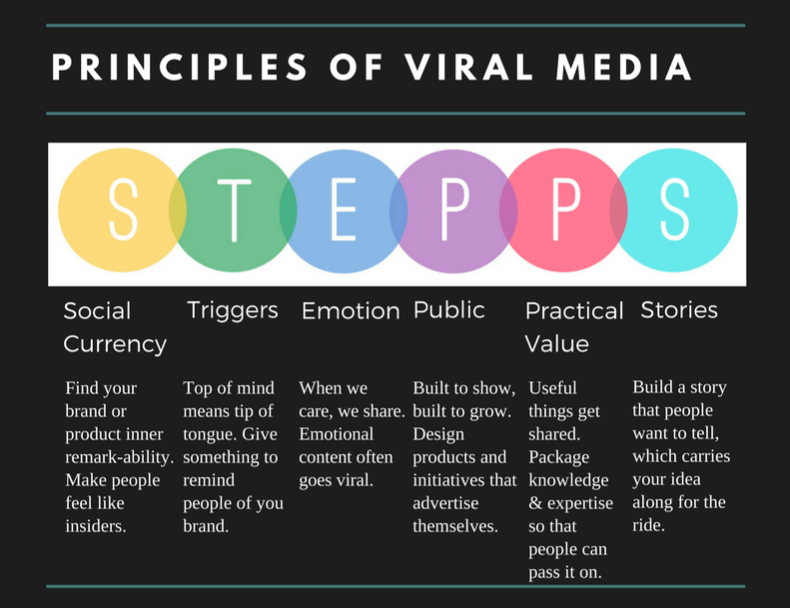
- Is your product or idea an integral detail of the story, will the virality be valuable? Will people be talking about the stunt or event alone, or will they remember the company and message, too?
- What are three Trojan Horse stories you could use with your product or idea? Your about page or company history, this is a starting point to tweak with the above in mind.
- A story could include your social currency elements. Could you package how your product has helped people achieve success? Can it make their life easier, simpler? Is there a remarkable story about a member of your staff traveling miles and miles to uphold your service delivery promise?
- Is there a remarkable story of how the company came to being? Did someone in your organization summit Mount Everest for example?
Jonathan Brody, Ladder
Articulate why someone is going to get better value (benefits/feature utilization) from your product by having a friend come. This may vary persona to persona. So treat your marketing more like a science, with a proper test-driven methodology.
That will put you in the safest position to launch winning buzz marketing style campaigns. This is basically all about engagement of your potential customers – it’s also why integrating interactive workflows like quizzes into the conversion and referral flow is such an opportunity.
Conclusion
You may have noticed that all of the campaigns we talked about are merely an original twist on the existing buzz marketing strategies. Sometimes these ideas are something that has been in front of our eyes all along – and sometimes they are a complete shift in the way we think and advertise.
The ultimate secret of buzz marketing is that you don’t need millions of dollars to create a buzz – it comes from understanding what your business is all about and embracing it. Whatever you do, the core idea of buzz marketing isn’t talking to millions of people at the same time – it’s about having a conversation one on one.